Integrated Pest Management for Cockroaches
Most people don't want to see cockroaches in or around the home. They can transmit bacteria like salmonella which can cause symptoms similar to food poisoning. Cockroaches can also trigger allergic reactions and asthma. Tricia shows you how to rid your house of these pests without using toxic chemicals in our video, How to Prevent Cockroaches. Cockroaches can be controlled without using nasty chemicals, by using simple Integrative Pest Management (IPM) techniques. First step in IPM is to identify the type of roach that is invading your home so you can use the appropriate control methods.
Is it a cockroach that lives indoors?
German cockroach (Blattella germanica)
Adults are about 0.5” long, frequently found in - kitchens, bathrooms, food prep and storage areas. This is the most common indoor species and one that can cause infestations due to the reproductive ability; one female can produce over 30,000 offspring in a year!
Brown banded cockroach (Supella longipalpa)
Adults are about 0.5” long, both male and female have light colored bands on wings and abdomen. Frequently found in areas of clutter, hollow legs of furniture, behind pictures on walls. Not as common as the German cockroach, and prefers warmer areas. Females can produce about 600 offspring a year.

Is it a cockroach that lives outdoors?
Oriental cockroach (Blatta orientalis)
Lives outdoors, adults are about 1.25” long. Almost black color, wings are shorter than body. Frequently found in cool damp, dark places like garages, basements, drains, woodpiles, ivy, ground covers, water meter boxes. May move indoors at night to search for food.
American cockroach (Periplaneta americana)
About 2” long, reddish brown, large body. Frequently found in sewers, water meter boxes, storm drains, steam tunnels, animal-rearing facilities. Will forage for food from the sewer into the ground floor of a building. Prefers very warm and humid environments.
Smoky brown cockroach (Periplaneta fuliginosa)
Adult is about 1.5” long, dark brown to mahogany. Frequently found in planter boxes, trees, shrubs or vegetation.
The IPM Approaches to Cockroach Control

- Eliminate things that attract or keep cockroaches around - food and water.
- Get rid of hiding places.
- Traps can monitor the populations - use to see how well your control methods are working, but will not control. Place traps where cockroaches are traveling such as in corners of rooms and along walls where they tend to travel.
- Exclude the entry of outdoor species into the home.
Sanitation & Exclusion
Using just one type of control won't eliminate the problem and it won't prevent it from happening again. Sanitation and exclusion are just two methods to use for controlling cockroaches. Good sanitation inside your home will help make it unattractive to cockroaches.- Clean up spilled food in the kitchen and pantry. The German cockroach can get through a crack that is as small as 1/16” wide. So clean up food spilled in cracks.
- Store food in containers that cannot be entered by cockroaches like glass jars, plastic containers with tight sealing lids.
- Keep garbage in cans with tight fitting lids and do not store by a door.
- Periodically vacuum cupboards, pantries and around refrigerators to remove dropped food or any roach egg cases.
- Check for leaks under sinks. Cockroaches need water and they will find the smallest drip under your sink. This would be a good place to place a trap for monitoring, like our Insect Magnet
- Remove hiding places like stacks of magazines, papers or bags

Exclusion
To keep out outdoor species of cockroaches.
- Use weather stripping around doors and windows to seal entry points into the house.
- Seal cracks on the outside of the home where pipes enter or exterior electrical outlets. These cracks are perfect entry points into the home.
- Trim shrubs or ivy around buildings to increase light and decrease hiding places for cockroaches.
- Clean up outside or in the garage to remove hiding places. Remove piles of papers, stacks of wood, recycling that is near the home.
- Before bringing into the home a ladder or something that has been stored outdoors, check for any hitch hikers (adults, nymphs or egg cases)
If the IPM controls are not working, you can use an organic product like Pyganic EC 5.0 to kill roaches you see in your home. Keep in mind though that this will not keep them from coming in and setting up home again. Practice monitoring, good sanitation and exclusion and keep the nasty cockroaches out of your home.

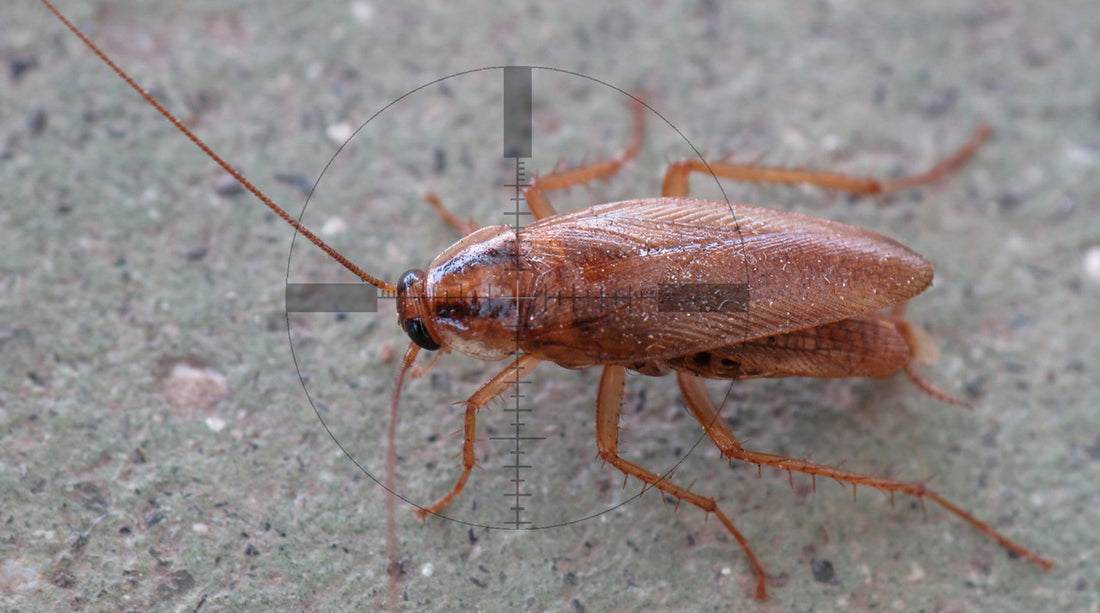
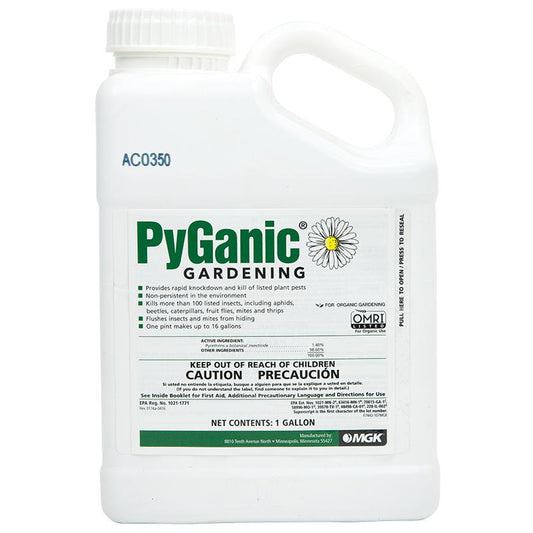
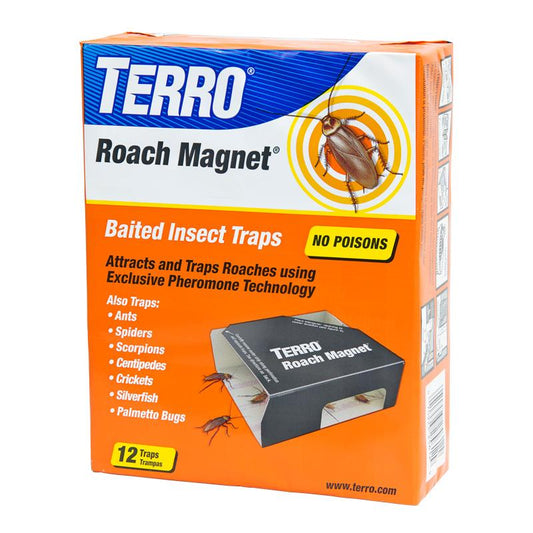
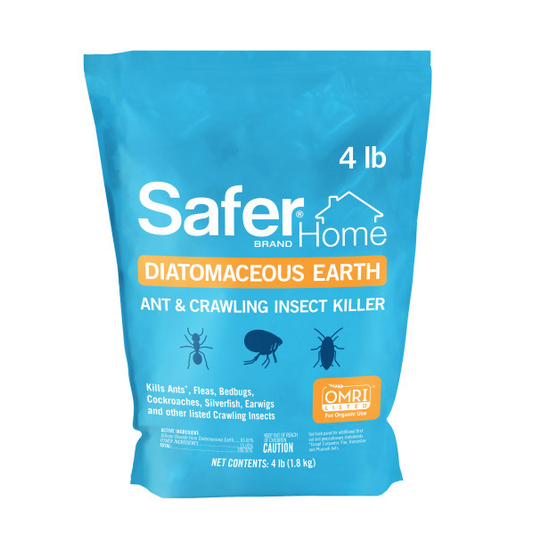
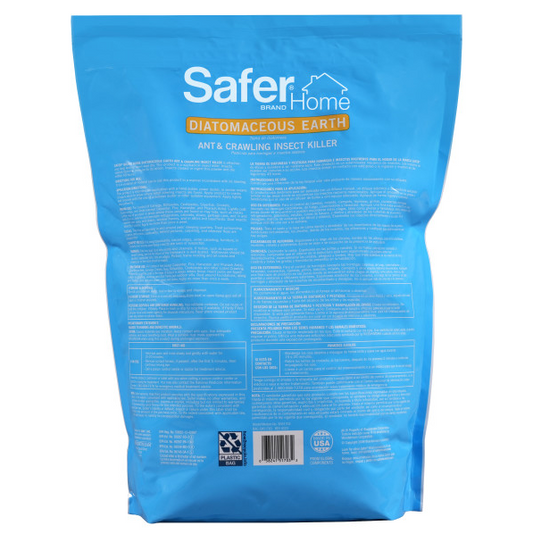
3 comments
I have had great success with borax powder mixed powdered sugar. I place them in small bowls or lids in hidden places. They ingest the borax or get it on their bodies taking it into the nest as well. I have also seen this formulas available as small tablets at stores such as DG!
Janis, IPM stands for Integrated Pest Management. The idea is to eliminate the pest by focusing on the safest interventions first and not immediately reaching for the toxic poisons to kill insects. So for cockroach control you first should try to identify what type they are, indoor or outdoor living cockroaches. If they are outdoor cockroaches like the oriental, you should really focus on the exclusion of the pests, like putting up weather stripping around your windows and doors, sealing cracks so they can’t make their way into your home. Then work on the sanitation of your home, by removing things that attract them into your home or keeping the indoor species happy and breeding. The last resort would be to resort to a poison to kill the roaches. But if you don’t get rid of what is attracting them into your home, they will just come back. So IPM is all about prevention, monitoring and using the safest control methods first. Hope that answers you question about IPM. We have a video on our website that talks about IPM, where Tricia talks about using IPM in the garden to deal with pest problems. Here is the link, http://www.groworganic.com/organic-gardening/videos/integrated-pest-management.
what is IPM ?!! I see iatomaceous earth, and a trap that says ‘poison free’, but no mention of IPM! Pls advise.